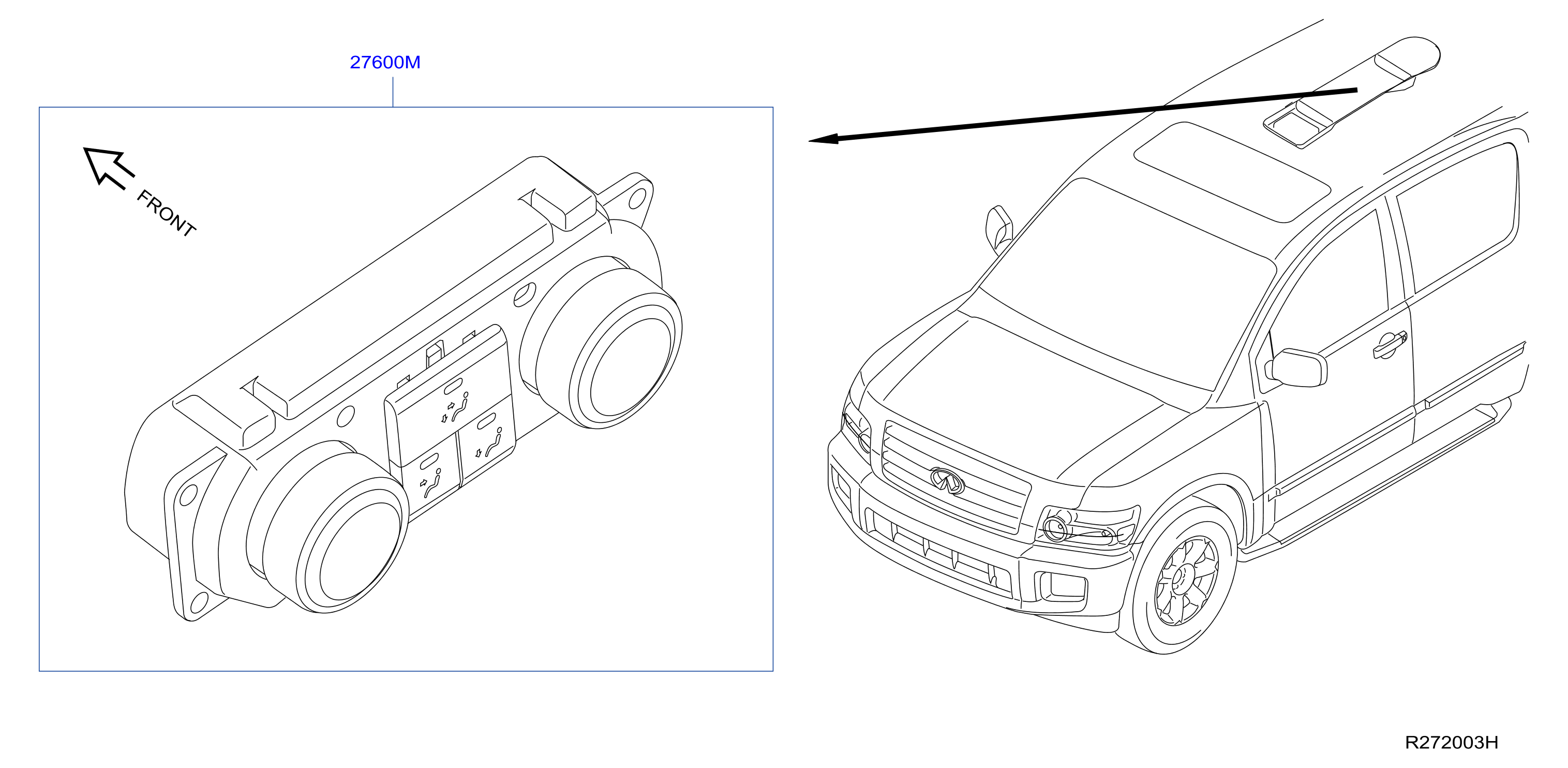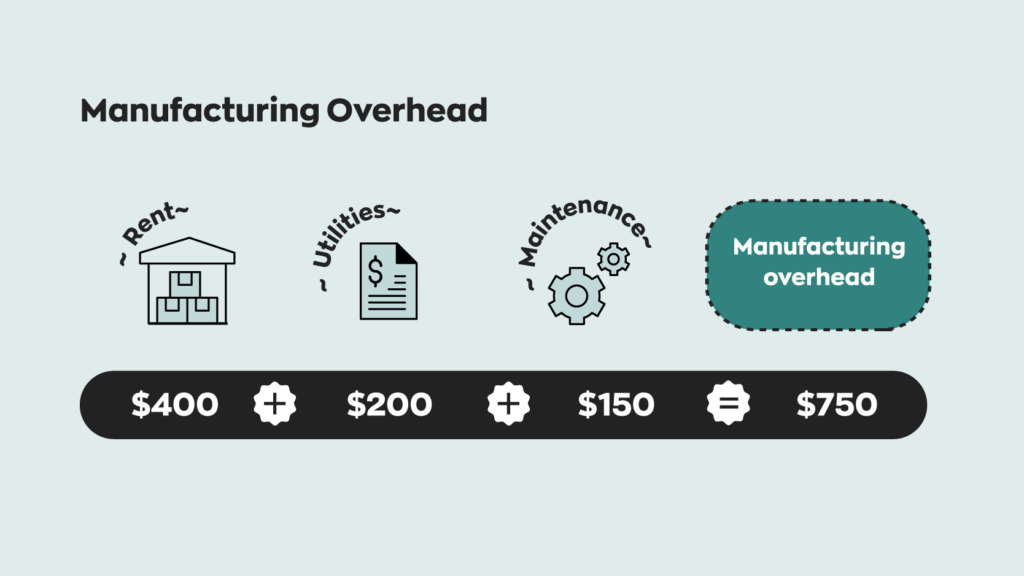Variable Cost: What It Is and How to Calculate It

Let’s assume that it costs a bakery $15 to make a cake—$5 for raw materials such as sugar, milk, and flour, and $10 for the direct labor involved in making one cake. The table below shows how the variable costs change as the number of cakes baked varies. In general, companies with a high proportion of variable costs relative to fixed costs are considered to be less volatile, as their profits are more dependent on the success of their sales. As noted above, companies, whether public or private, account for unit costs on their financial statements.
Which activity is most important to you during retirement?
Let us understand the importance of using a cost per unit calculator through the points below. A deep comprehension of the cost of a unit thus emerges as a guiding light. It’s not just about crunching numbers; it’s about deciphering the intricate world of expenses that shape your organization’s operational landscape. Various methods exist, each with pros and cons, making choosing the most accurate approach challenging. It often aggregates various cost components into a single figure, ignoring nuances and intricacies within different cost categories. Unit cost manifests uniquely across various industries, reflecting the intricacies and dynamics specific to each sector.
- Unit cost is important metric manufacturers use to measure the profitability of their products.
- If a unit were priced at $3 per unit, there would be a loss because $3 minus $4 (cost) is a loss of $1 per unit.
- Our writing and editorial staff are a team of experts holding advanced financial designations and have written for most major financial media publications.
- Some of the benefits of ABC systems include improved decision-making, more accurate product costing, and enhanced operational efficiency.
- The unit cost of production is the total amount of expenses incurred by a company to produce a certain quantity of goods or services and then divide the total amount by the quantity produced.
Example: Activity-Based Management
Finance Strategists has an advertising relationship with some of the companies included on this website. We may earn a commission when you click on a link or make a purchase through the links on our site. All of our content is based on objective analysis, and the opinions are our own. For instance, the cost unit of steel is naturally ascertained in terms of per ton. Similarly, the cost unit of carrying a passenger by a transporter is naturally ascertained in terms of the distance traveled in kilometers. You can change your settings at any time, including withdrawing your consent, by using the toggles on the Cookie Policy, or by clicking on the manage consent button at the bottom of the screen.
Differences Between Cost Center and Cost Unit
Activity-based costing uses cost drivers to assign the costs of resources to activities, along with unit cost as a way of measuring output. Unit costs are a key indicator of the efficiency and productivity of a business. They are also critical to the profitability and competitiveness of many businesses. A cost unit is defined as “a unit of quantity of product, service, or time (or a combination of these) in relation to which costs may be ascertained or expressed.”
Process efficiency improvements
Along the manufacturing process, there are specific items that are usually variable costs. For the examples of these variable costs below, consider the manufacturing and distribution processes for a major athletic apparel producer. Given the above, a cost center is, therefore, a natural division of an undertaking that helps to measure and understand operational costs and apply costs to products. To calculate the cost of a unit, divide the total cost (including relevant expenses) by the total number of units produced or purchased. From setting prices that strike a balance between competitiveness and profitability to optimizing resource allocation, the cost of a unit can be an ultimate savior. Its accurate understanding is essential for steering through the complex web of financial decision-making.

Why You Can Trust Finance Strategists
Conversely, cost refers to the monetary value spent on producing goods, providing services, or undertaking activities. For construction companies, the cost of a unit covers overriding commission definition everything from materials to direct labor and equipment required for building projects. The cost assessment helps in project estimation, budgeting, and bidding strategies.
This guide will explain what unit pricing means, why it matters, and how to calculate it. Understanding how unit costs change as output changes – and over time – is very useful for a business. Reducing unit costs often involves strategies such as improving production efficiency, negotiating better supplier deals, reducing waste, and optimizing resource utilization. In cost accounting, costs are understood in terms of cost centers and cost units.
Unit cost, also known as average cost or per unit cost, is the total cost of producing a specific quantity of goods or services divided by the number of units produced. It is a measure that helps businesses determine the cost of producing each individual unit of output. A unit variable cost is the cost that varies in direct proportion to the production or purchase of each unit. It includes expenses like raw materials and direct labor costs, which change as production levels change.
This is vital for attracting customers and maintaining a strong market presence. Economies of scale happen when the cost per unit decreases as production volume increases. When producing or procuring in larger quantities, fixed costs like machinery and equipment are spread over more units, leading to lower average costs. The phenomenon is especially evident in B2B scenarios, where bulk orders can lead to cost advantages. Fixed costs are production expenses that don’t depend on the volume of units produced, such as rent, insurance, and equipment. Variable costs do depend on volume, such as salaries and the cost of purchased materials.
Because commissions rise and fall in line with whatever underlying qualification the salesperson must hit, the expense varies (i.e. is variable) with different activity levels. Variable costs are usually viewed as short-term costs as they can be adjusted quickly. For example, if a company is having cash flow issues, it may immediately decide to alter production to not incur these costs. This analysis allows managers and owners to set standards and check if the company production department is working efficiently according to the set standards. Activity-based costing encourages managers to identify which activities are value-added—those that will best accomplish a mission, deliver a service or meet customer demand. Outputs can be products, services, or customers (persons or entities to whom a federal agency is required to provide goods or services).
If more number of times an activity is performed then the cost will be higher. Manager can allocate cost to products, services or customers based on their utilization of activities. Activity-based costing (ABC) uses various cost pools to compute the costs of activities, which are then attributed to products, services or customers.

Seems a little quiet over here
Be the first to comment on this post
Write a response